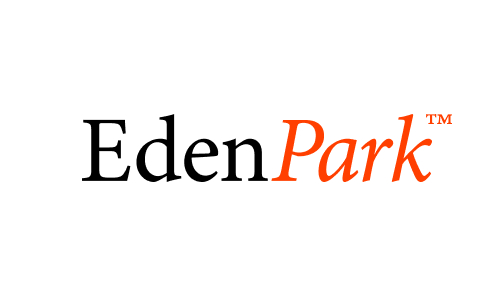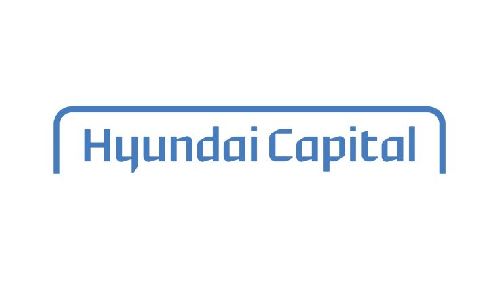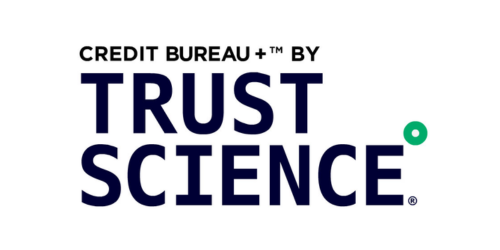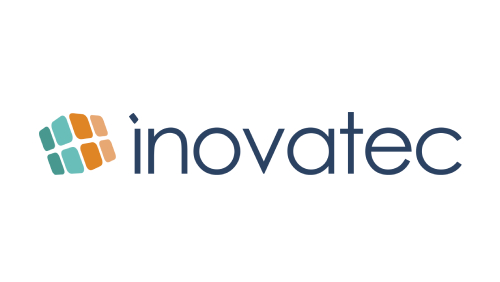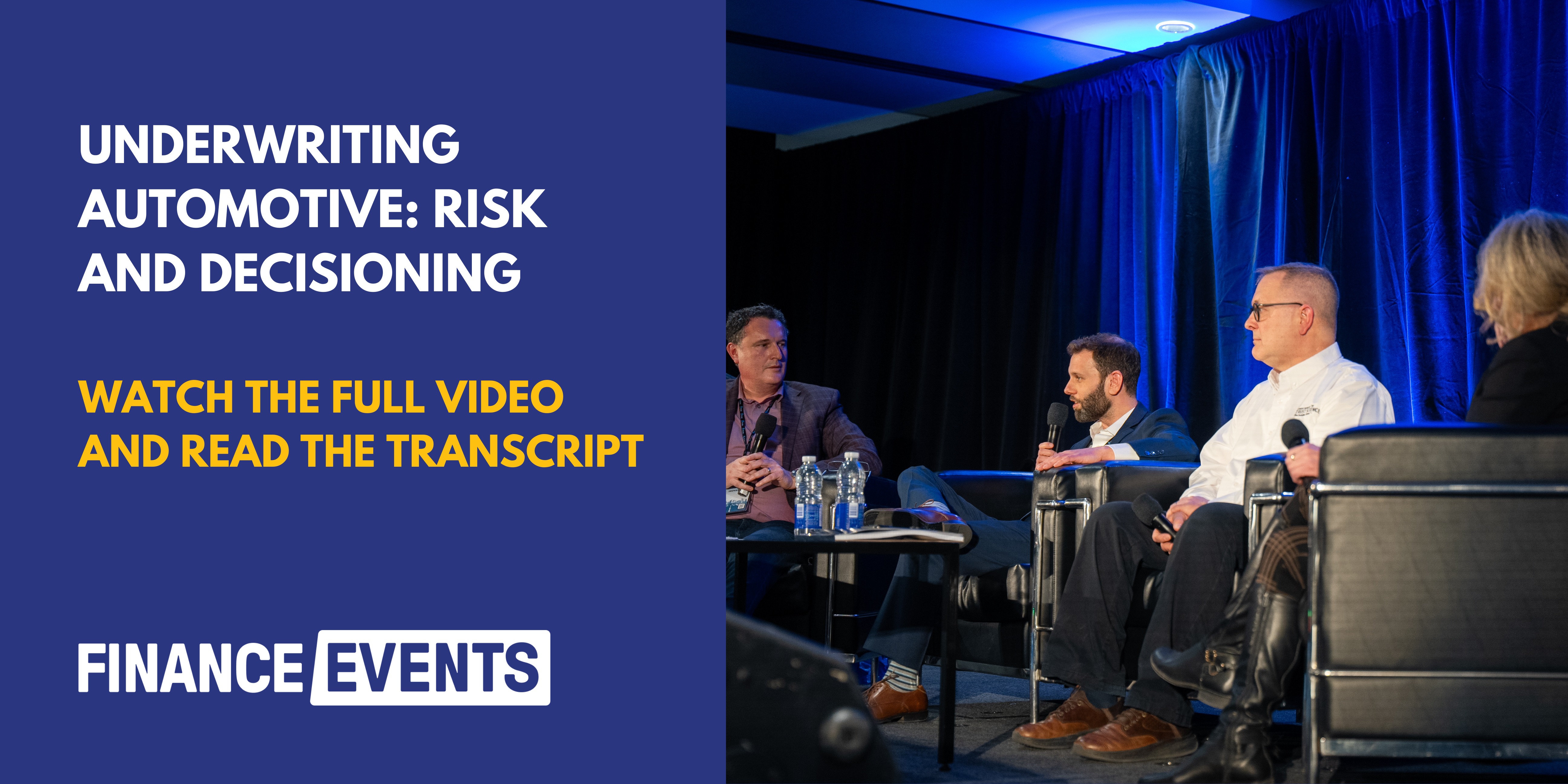Underwriting Automotive: Risk and Decisioning
Abstract: This panel on underwriting automation explored the evolving role of technology in subprime auto lending. Experts emphasized that while automation has been around for over a decade, its adoption varies due to risk concerns. Key advancements include AI-driven income verification, OCR for document validation, and the use of alternative data beyond traditional credit scores. Hyundai Capital shared that 82-85% of its approvals are fully automated, with ongoing efforts to expand e-funding and fraud detection. While Canada lags behind the U.S. in real-time data use and dynamic pricing, it is making progress. The discussion also highlighted the challenge of balancing credit risk adjustments with competitive positioning in a volatile market. Looking ahead to 2025, priorities include improving fraud prevention, supporting EV sales amid policy shifts, and recalibrating leasing strategies as used car values stabilize. The panel underscored the need for lenders to integrate automation while maintaining responsible risk management and customer experience.

Bob Metodiev: Thank you. I appreciate the opportunity to share insights from a technology perspective and discuss underwriting automation with data and lender experts. We’ll make this discussion engaging and ask some provocative questions. Underwriting automation has existed for over a decade, yet it continues to evolve.
Mike, what changes have you seen in subprime auto lending over the last few years?
Michael Scotland: Subprime lending takes a cautious approach to automation because of the risk profile of customers. While technology exists, lenders don’t want to be left behind, but they must also ensure responsible decision-making.
Dealers often push for faster approvals, but data shows no clear correlation between speed and booking rates in non-prime. What matters most are lower interest rates and higher loan amounts. That said, automation is crucial for managing high application volumes.
Key areas of automation include:
- Auto declines – These are easy to implement.
- Auto approvals – Less common in subprime but still possible.
- Automating resubmissions – This is tricky, but improving.
One of the biggest opportunities lies in automating income verification and other key steps between initial approval and closing. For example, using AI to process banking data and scan pay stubs can reduce delays and fraud risk.
Evan, how does alternative data improve decision-making?
Evan Chrapko: Alternative data goes beyond traditional credit scores to include:
- Banking data
- Proprietary lending data
- AI-generated risk scores
The challenge isn’t just accessing data but combining it in a compliant way. Canada lags behind the U.S. in using alternative data, but lenders are catching up.
AI can predict borrower behavior based on deal structure, rather than just credit scores. For example, the same borrower may perform differently depending on the vehicle type. Understanding these nuances improves risk assessment.
Sheila, what percentage of decisions at Hyundai Capital are automated?
Sheila Tibbo: We handle all decisioning in-house, allowing us to be agile. Currently, 82-85% of our approvals are fully automated.
We also automate:
- Declines – There’s no need to review applications that clearly don’t qualify.
- Conditional approvals – If analysts always apply the same conditions, we automate those steps.
Speed is essential. Our data shows that faster decisions lead to higher booking rates, so automation will remain a priority.
Mike, how do lenders adjust their credit strategies in a challenging economy?
Michael Scotland: The biggest challenges in 2024 have been rising losses and delinquencies. In subprime lending, competition is fierce, so any risk adjustments must also consider competitiveness.
If a lender tightens credit criteria too much, they might lose deals to competitors. However, if they don’t adjust at all, they risk adverse selection—where only high-risk borrowers remain. Striking a balance is critical.
Sheila, how is Hyundai Capital using AI and OCR to streamline operations?
Sheila Tibbo: We’ve integrated AI for:
- Document validation – OCR verifies funding documents in real-time.
- E-funding – 20% of our deals are currently e-funded, with plans to expand further.
Five years ago, OCR wasn’t reliable. Today, the technology has significantly improved, making document processing more efficient.
Michael Scotland: I agree. Early OCR models were ineffective, but recent advancements allow us to automate pay stub verification, helping detect fraud and speed up approvals.
Evan, how does Canada compare to the U.S. in underwriting innovation?
Evan Chrapko: The U.S. is ahead in:
- Real-time data use – More lenders integrate alternative data.
- Dynamic pricing models – Some lenders adjust pricing based on borrower risk in real time.
- Multi-offer capabilities – U.S. lenders allow rehashing of applications, reducing resubmissions.
Canada is catching up, but privacy laws limit access to certain data points that U.S. lenders use.
Sheila, what’s next for Hyundai Capital in 2025?
Sheila Tibbo: Our focus will be on:
- Managing fraud risk – A growing concern in auto lending.
- Supporting OEMs – Helping manufacturers maintain EV sales momentum as government rebates phase out.
- Leasing adjustments – Used vehicle values are stabilizing, so residual values need recalibration.
Bob Metodiev: Great insights. Thanks to our panelists for sharing their expertise. The underwriting landscape is evolving fast, and lenders must balance automation, risk management, and customer experience to stay ahead.
Thank you all for attending!
Sign up for our 2026 Summit Series


